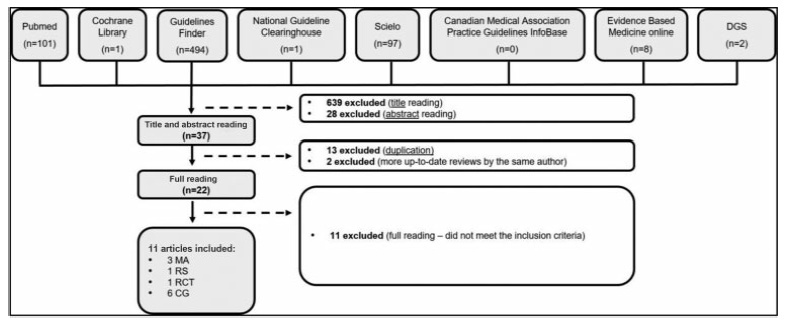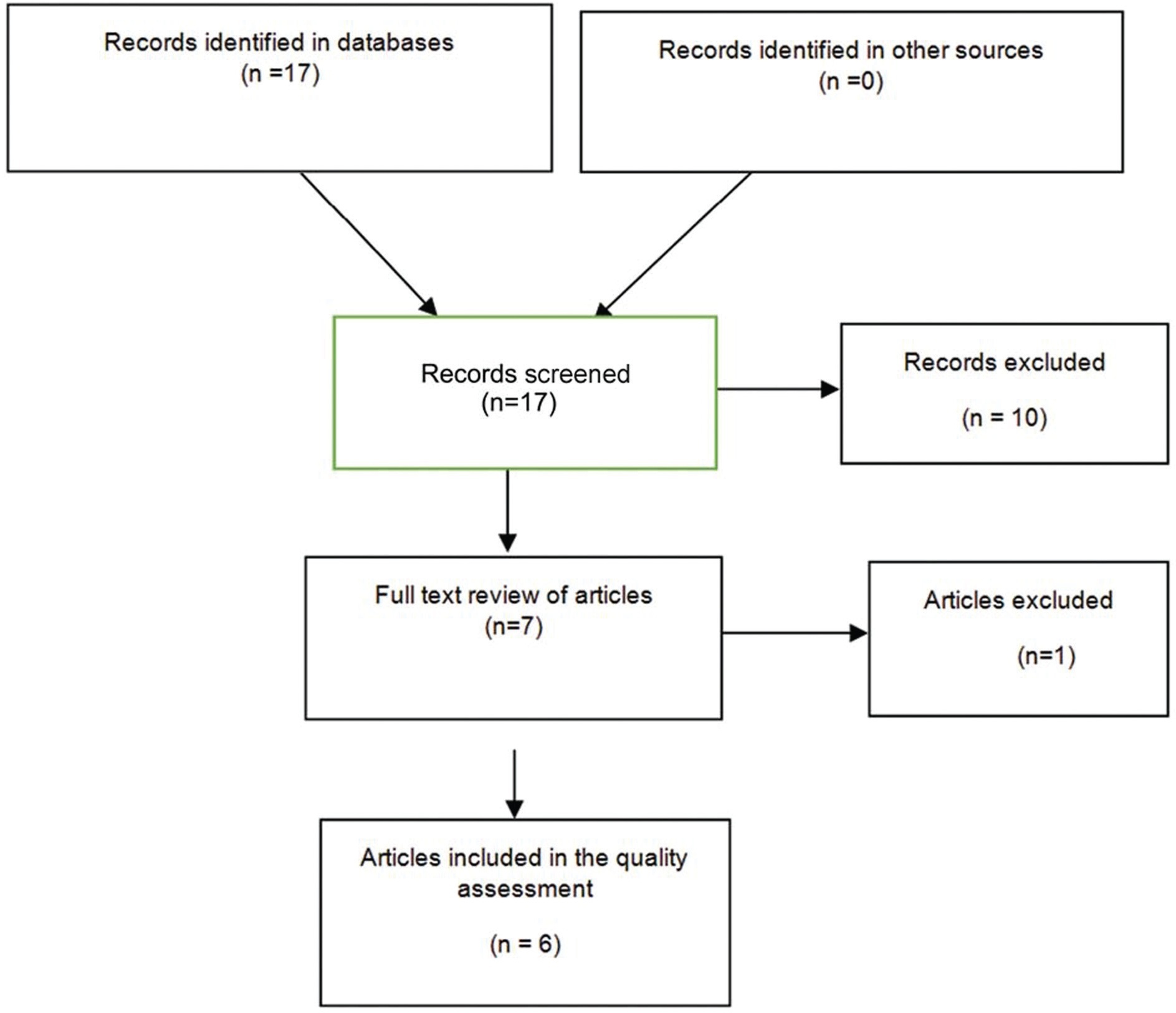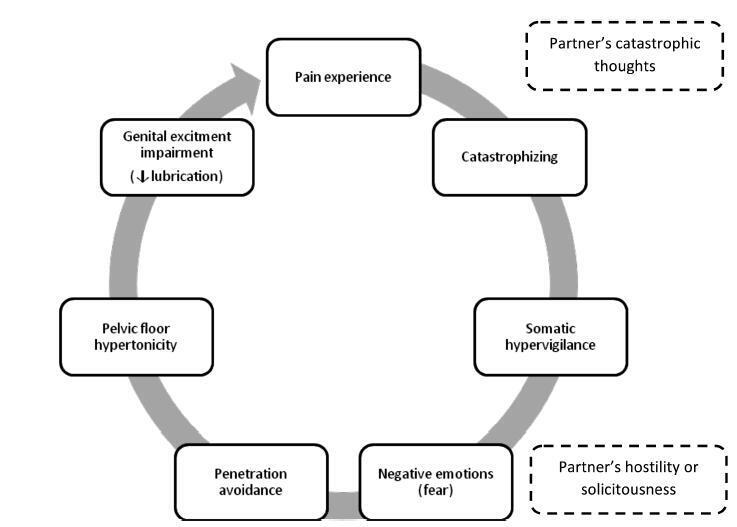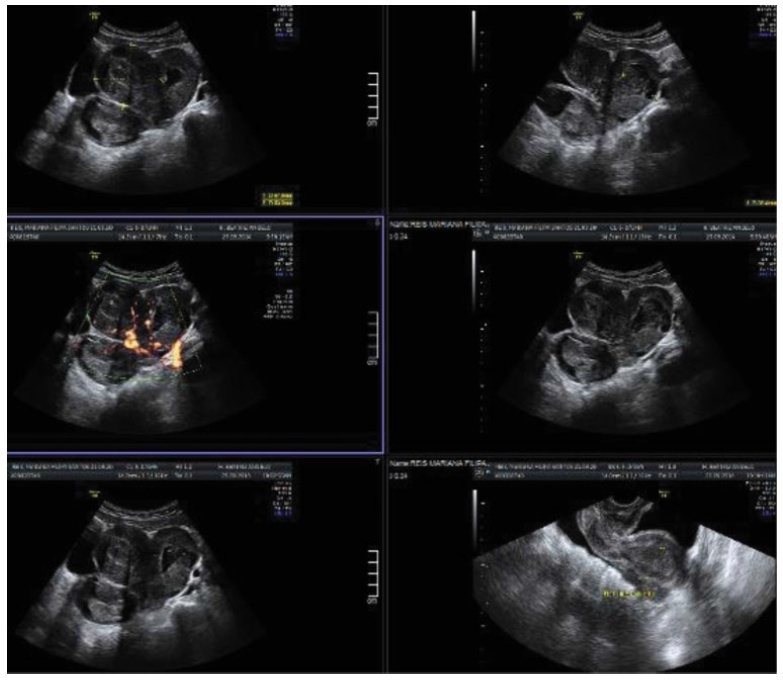Summary
Revista Brasileira de Ginecologia e Obstetrícia. 2005;27(12):780-780
Summary
Revista Brasileira de Ginecologia e Obstetrícia. 2004;26(10):781-786
DOI 10.1590/S0100-72032004001000005
PURPOSE: to assess the obstetric and perinatal outcomes in cases of term newborns in breech presentation, in patients with previous vaginal deliveries, comparing them to term newborns in vertex presentation. METHODS: 8,350 deliveries retrospectively from March 1998 to July 2003 were analysed. Of 419 deliveries (5.1%) in breech presentation, 58 cases were selected for the study (breech group), according to the following criteria: patients who had had one or more babies through vaginal delivery, gestational age ³37 weeks, no fetal malformation, no complications in the current pregnancy, birth weight between 2,500 and 3,750 g, and no previous cesarean section. The breech group was matched to 1,327 newborns in vertex position from pregnant women with no previous cesarean section (vertex group). Maternal age, parity, gestational age, delivery way, birth weight, meconium-stained amniotic fluid, 1- and 5-min Apgar score, need of neonatal intensive care unit, and small- and big-for-gestational age newborns were analyzed. Statistical analysis was performed by the c² test and by Student's t test, with the level of significance set at p<0.05. RESULTS: when breech and vertex groups were compared, they showed significant differences regarding the following variables: birth weight (3,091±538 g vs 3,250±497 g; p<0.01), vaginal delivery (63.8 vs 95.0%; p<0.0001), cesarean section (36.2 vs 5.0%; p<0,0001), and 1-min Apgar score (p<0.0001), respectively. CONCLUSIONS: we conclude that in term fetuses in breech position from pregnant women with previous vaginal deliveries, birth weight, delivery way, and 1-min Apgar score were different compared to fetuses in vertex position from women with the same characteristics.
Summary
Revista Brasileira de Ginecologia e Obstetrícia. 2021;43(10):782-788
To review the evidence about universal iron supplementation in pregnancy to prevent maternal anemia.
Bibliographic research of randomized and controlled clinical trials, meta-analyses, systematic reviews, and clinical guidelines, published between August 2009 and August 2019, using the MeSH terms: iron; therapeutic use; pregnancy; anemia, prevention and control.
We included six clinical guidelines, three meta-analyses and one randomized controlled clinical trial.
Most articles point to the improvement of hematological parameters and reduction of maternal anemia risk, with supplementary iron. However, they do not correlate this improvement in pregnant women without previous anemia with the eventual improvement of clinical parameters.
Universal iron supplementation in pregnancy is controversial, so we attribute a SORT C recommendation strength.

Summary
Revista Brasileira de Ginecologia e Obstetrícia. 2020;42(12):785-786
Summary
Revista Brasileira de Ginecologia e Obstetrícia. 2022;44(8):785-789
To assess the quality of recent meta-analyses reviewing the diagnostic utility of sentinel node biopsy in endometrial cancer.
With the MeSH terms endometrial neoplasms and sentinel lymph node biopsy, PubMed and Embase databases were searched on October 21, 2020, and again on November 10, 2021, with meta-analysis and publication date filters set to since 2015. The articles included were classified with the A Measurement Tool to Assess Systematic Reviews (AMSTAR 2) assessment tool.
The database searches found 17, 7 of which, after the screening, were selected for full review by the author, finally extracting six meta-analyzes for quality analysis. The rating with the AMSTAR 2 assessment tool found that overall confidence in their results was critically low.
This study found that the quality of recent meta-analyses on the utility of the staging of endometrial cancer with sentinel node biopsy, evaluated by the AMSTAR 2 assessment tool, is classified as critically low, and, therefore, these meta-analyses are not reliable in the summary of their studies.

Summary
Revista Brasileira de Ginecologia e Obstetrícia. 2020;42(12):787-792
Urinay incontinence (UI) is amajor public health problemthat can harm women in any period of life, including during the gestational period. Urinary incontinence during pregnancy has been studied because this condition can reduce the quality of life and interfere in several aspects of the maternal-fetal binomial. The aim of this study was to determine the prevalence of UI in nullipara pregnant women and to identify risk factors associated with UI in this population.
This is a case-control study in which we invited nullipara women between 12 and 20 weeks of pregnancy to participate in the research. They were asked to answer a specific questionnaire, write a 3-day bladder diary, and undergo a urogynecological evaluation including pelvic organ prolapse quantification (POP-Q), empty stress supine test (ESST), and pelvic floor muscle assessment.
A total of 70 out of 73 patients accepted to participate in the study, and the prevalence of UI in this population was 18.3%. Tobacco use was identified as an independent risk factor for UI in pregnant women (odds ratio 8.0). All other factors analyzed were not significantly associated to UI in pregnancy.
Urinary incontinence can be a major problem in pregnancy.We identified the use of tobacco as a risk factor for developing UI in pregnancy, which provides an extra reason to encourage patients to quit smoking.
Summary
Revista Brasileira de Ginecologia e Obstetrícia. 2018;40(12):787-793
Genito-pelvic pain/penetration disorder (GPPPD) can be an extremely bothersome condition for patients, and a tough challenge for professionals regarding its assessment and treatment. The goal of the present paper is to review the etiology, assessment, and treatment of GPPPD, especially focusing on the cognitive aspects of the disease and cognitive-behavioral treatment options, through a non-systematic review of articles indexed to the Medline, Scopus and Web of Science databases, using the following MeSH queries: pelvic pain; dyspareunia; vaginismus; vulvodynia; and cognitive therapy. Altogether, 36 articles discussing the etiology, diagnosis and management of GPPPD were selected. We provide an overview of GPPPD based on biological, psychological and relational factors, emphasizing the last two. We also summarize the available medical treatments and provide strategies to approach the psychological trigger and persisting factors for the patient and the partner. Professionals should be familiarized with the factors underlining the problem, and should be able to provide helpful suggestions to guide the couple out of the GPPPD fear-avoidance circle.

Summary
Revista Brasileira de Ginecologia e Obstetrícia. 2021;43(10):789-792
Abnormal uterine bleeding is more frequent in adolescence. Although, most commonly, it has a non-structural etiology, it may be due to any cause described.
A 12-year-old adolescent, with no relevant personal history, menarche 1 month before, was observed in the emergency department for severemenstrual bleeding with progressive worsening, and hemodynamic repercussion in need of transfusion support. Physiological ovulatory dysfunction associated with possible previously unknown coagulopathy was considered to be the most likely diagnosis and medical treatment was initiated. Without response, the patient was submitted to sedated observation and uterine aspiration, which ultimately led to the diagnosis of a Burkitt Lymphoma.
Although structural causes, and particularly malignancy, whether gynecological or not, are a rare cause of abnormal uterine bleeding in this age group, they must be considered, thus enhancing the fastest and most appropriate treatment.
